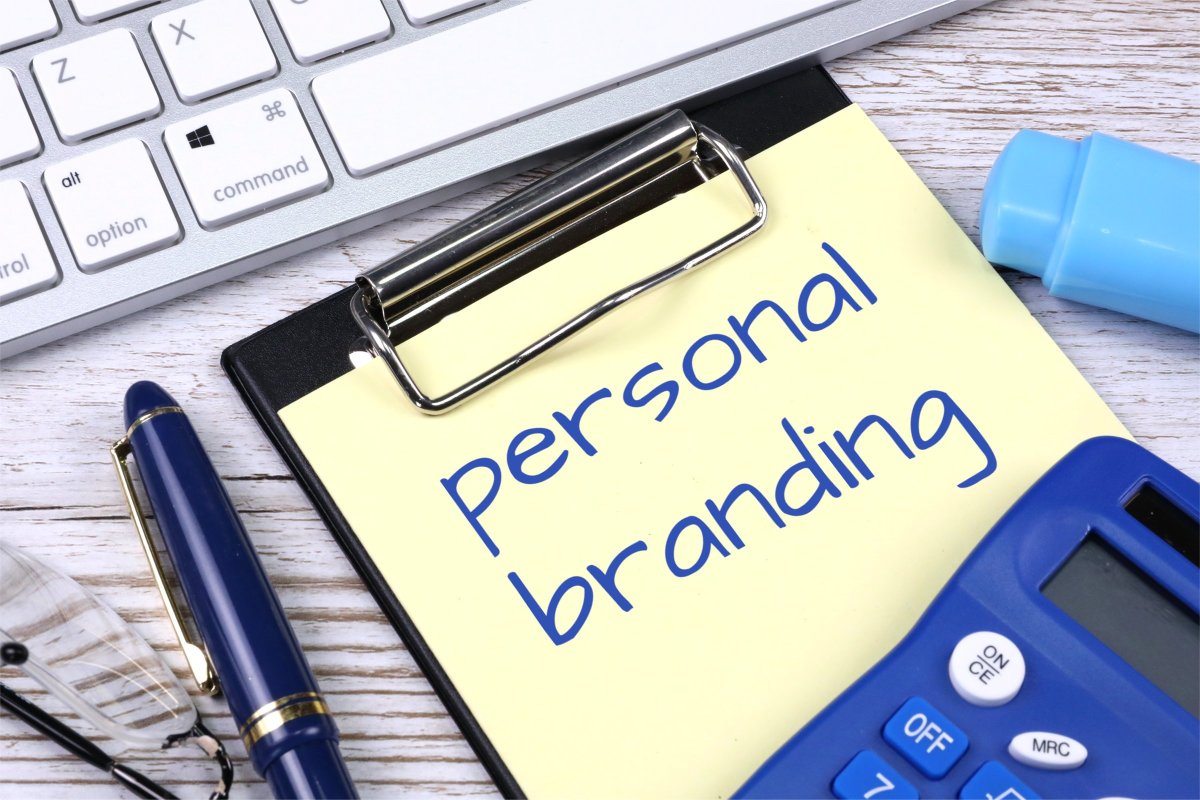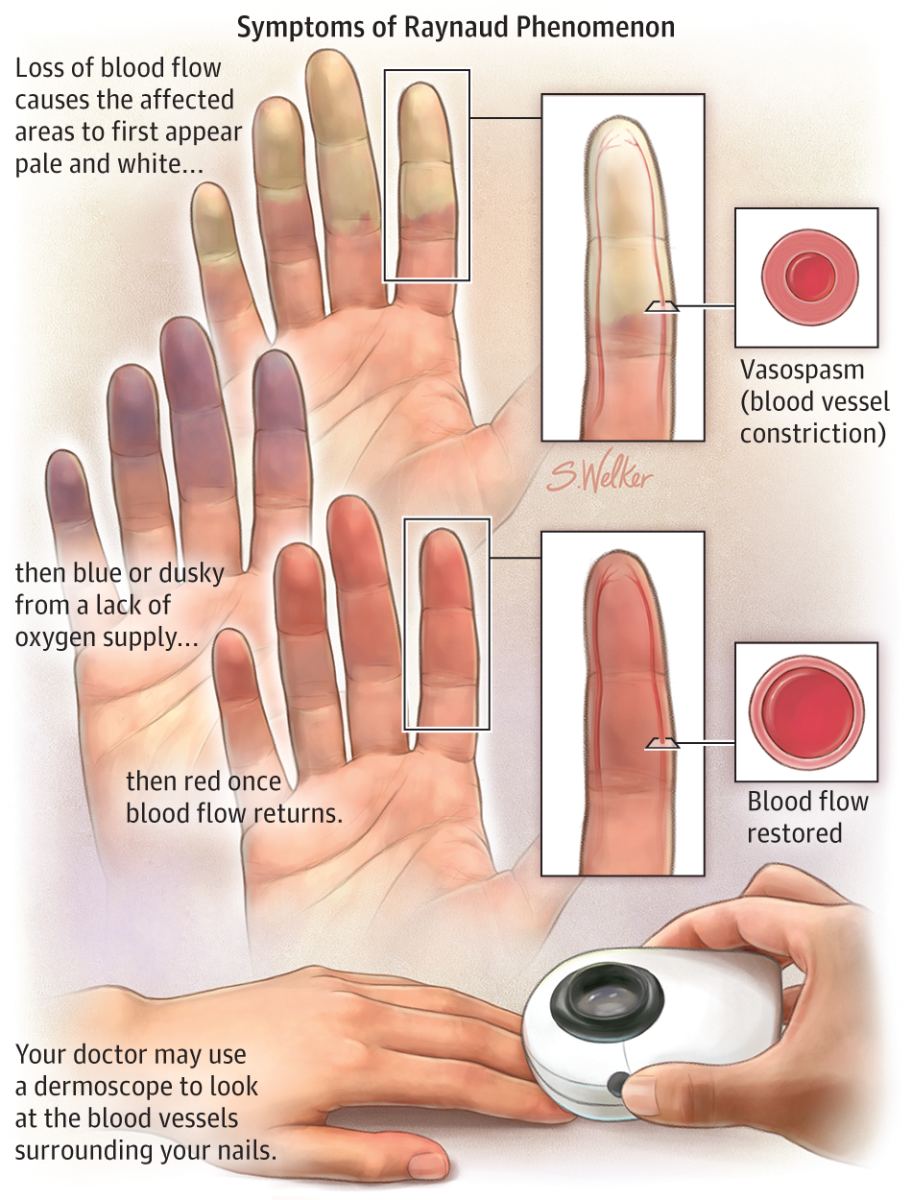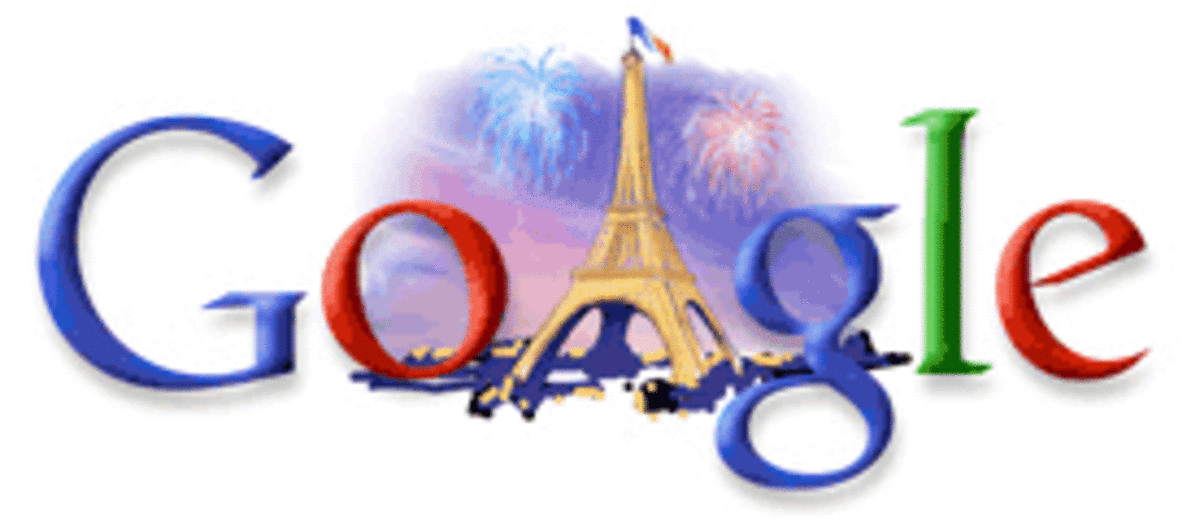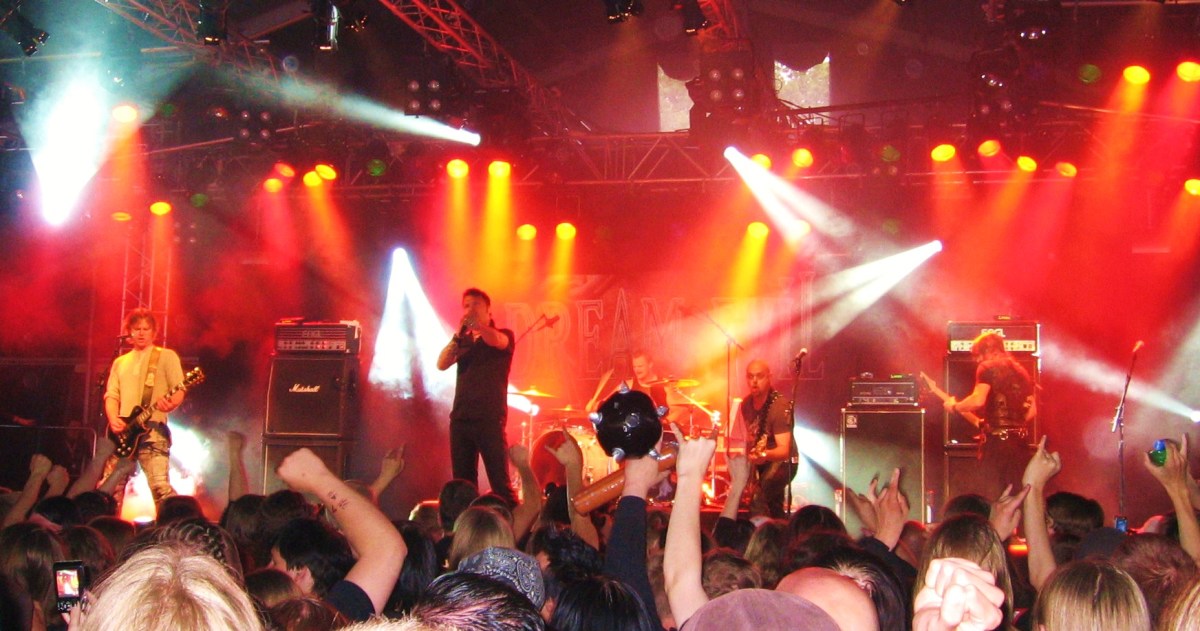Why You Need Logo Variations For Your Business and Blog?

Introduction
Branding is a more holistic perspective of how your customers experience your company. While a logo is only a small simple mark, a brand includes every single touch-point your customers have with your company.
Branding is not just a logo variation. Brand identity is a system that represents you, your missions and values. Having a powerful branding creates an organized experience for your audience and help your business become profitable.
Having only one logo – usually called main logo or primary logo, isn’t enough. Why you need logo variations for your blog and business? Is there any need at all?
Let’s dive in and explain all the terms you'll be able to see on internet like - a main logo/primary logo, alternative logos and submarks.
Well, how many different logo variations does your business needs depends. Some businesses might need their logos in black and white. Some might need icon/symbol. What I learnt during my entrepreneurial journey is that it's ideal to make several version of your main logo, in other words, alternative logos and submarks. it's ideal to make 2-4 alternative logos and 3-6 submarks for your business.
Logo Variations
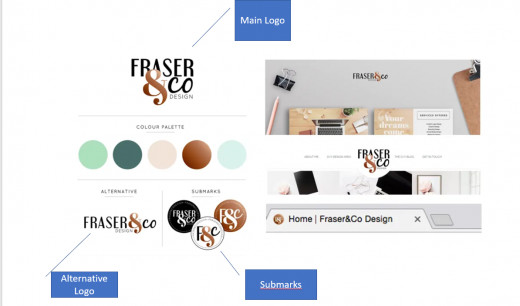
Primary Logo
Let’s start with primary logos. It should include your business name and maybe even imagery such as a simple illustration or icon.
Your primary logo shouldn’t be abstract or confusing, it should be legible and to the point. Your primary logo speaks for your brand and how people will recognize and remember your brand.
Your primary logo is that brand element you’ll use the foremost. This logo is used on your website, business cards, packaging, contracts, etc.
Secondary Logo/Tagline Logo
Since your primary logo is the main voice of your brand your secondary logo can be a bit more relaxed and abstract. The secondary logo doesn’t necessarily need to have your full business name in it, in fact it could be as simple as an icon.
A secondary logo is a variation of your primary logo that includes many of the same components but they’re rearranging. A secondary logo might include a tagline or an additional graphic element. This could be a horizontal logo and a stacked or circular logo variation so they have some flexibility in your branding.
While a secondary logo is a fun little mark that represents your brand it’s important you use it correctly.
Alternate Logo
The alternative logo is just a shorter version of your main logo. Alternative logos are the variations of your main logo and it is often for instance logo without the tagline, a stacked version, icon, badge so on.
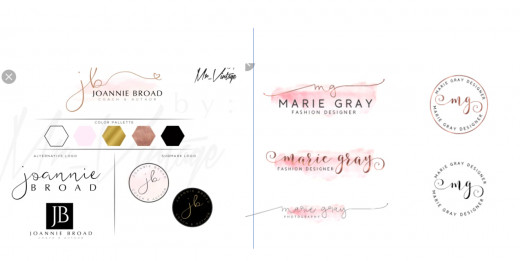
Submark or Watermark Logo
A submark or a watermark logo is a condensed/simplified version of your logo. Submark (similar to the alternative logo) may be a simplified version of your main logo, to use it as social media profiles picture, favicon, footer logo, on business stationery or other graphics. Submarks are usually in geometric shapes like circles, rectangles, triangles, squares etc. Sometimes it’s a logo that represents your brand in an exceedingly minimal way.
Submarks are great for social media icons, email signatures, an element to use on your business card, and any where else you want people to think of your brand, but don’t have a lot of space to show the whole logo. FB for example gives you only a tiny box as your icon. Not a lot’s going to fit there, so you’re going to use the submark there.
Easy ways to attribute your submark to your brand are colour and/or font. People will make the connection. Your submark are often just the primary letters in your name written within the same font or in your brand colours.
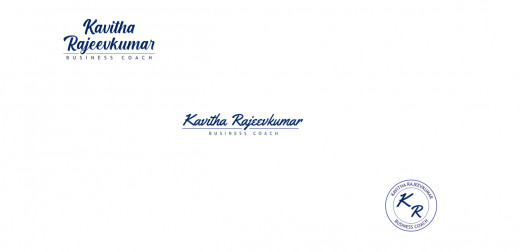
Brand Elements
Brand elements are supplemental to your brand and may not be used because the primary focus piece of your brand. Brand elements are often used for favicons, backgrounds and added to most brand graphics.
How does one use these branding elements to assist grow your small business? By using them on everything. Business cards, Instagram templates, Instagram stories, Facebook covers, blog post graphics, Pinterest pins, email signatures, watermarks, profile picture avatars, website, Facebook, Facebook groups, Facebook pages, Instagram, Instagram stories, Instagram TV, Twitter, Snapchat, Pinterest, Pinterest graphics, YouTube, Email marketing, LinkedIn, packaging, Other marketing materials, and customer services.
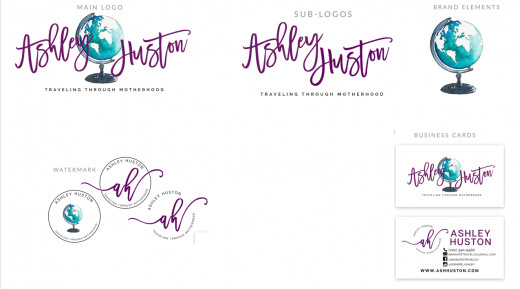
Conclusion
A logo can be described as the face of a company. Quite often, it’s the first thing that a potential customer will notice about your business. A logo and its variations is much more than just an image; it is a point of recognition for clients and an important foundation for the branding of your company. It is often said that customers form an opinion about a company within seconds. A well-designed logo is an easy way to convey to potential customers that your business is professional, trustworthy, and provides quality goods or services.
A good logo helps your small business to:
- Grabs Attention
- Makes a powerful First Impression
- It’s a first step to Your Brand Identity
- Visual = Memorable
- Separates You From Competition
- Fosters Brand Loyalty
- Your Audience Expects It
So, do you realize that you’re able to instantly identify a business by looking at its logo, even if their name isn’t a part of the logo? Do you realize that a logo should be distinctive enough to be easily recognized and simple enough to work across multiple media? Do you feel logo variations are needed to create a brand image for you and your small business?
We cover branding in detail inside our course Personal Branding Mastery.
This content is accurate and true to the best of the author’s knowledge and is not meant to substitute for formal and individualized advice from a qualified professional.
© 2020 Kavitha Rajeev Kumar


